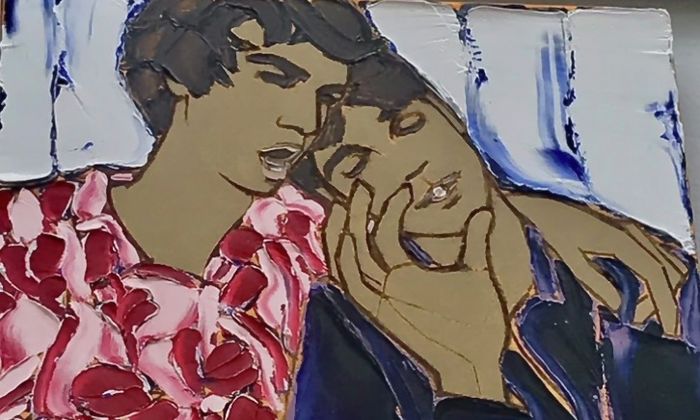Beauty in simplicity: creative expression in the Japanese haiku
Sharing her admiration for the Japanese haiku, Esyllt Parry Lowther reflects on the power of the implicit

If I learned one thing from my two years of studying Japanese, it is that the language is incredibly (and in my case often impossibly) nuanced. This is a characteristic that I discovered early on in my studies, as I memorised the five different ways to ask for a favour and the countless particles that significantly altered the meaning of a sentence.
Japan, unlike the United Kingdom, boasts what is called an indirect culture. Communication tends to veer away from the explicit, instead favouring discretion and tact when tricky situations arise. Outside of casual conversation, the subtle and implicit nature of the language is a focal feature in Japanese arts and literature, perhaps most widely recognised in Haiku poetry.
“Each image chosen is purposeful and calculated”
Japanese haiku is a type of short-form poetry that consists of three sentences that follow a five, seven, five pattern of phonetic units, traditionally including a word or phrase about nature. My first encounter with haiku was in a primary school where the teacher deemed it ideal for a class of nine-year-olds, probably because of its supposed ease and simplicity.
Simplicity is undoubtedly a key feature of haiku, but to me, these poems have everything and nothing to do with simplicity. They depict the beauty and art in the simplest of things, yet the language selected to express such imagery is so deliberate that it leaves no word vacant of complexity and meaning. If we take the nuanced nature of the Japanese language and apply it to a poetry form that forces the writer to pare down to only a select few syllables, then suddenly the three lines become anything but simple. Each image chosen is purposeful and calculated.
Amongst the many haiku I have read, I have a few favourites that embody the beauty and power of simplicity. Perhaps the most famous haiku writer, Matsuo Basho, captures a small moment of tenderness between two people sharing their touch in the haiku below. He writes,
手枕に
ほそき腕を
さし入れて
Easing in
her slender forearm
for his pillow
Kobayashi, known alongside Basho as one of the original haiku masters, used the image of cherry blossoms in the haiku below to convey shared joy and budding romance.
花の陰
赤の他人は
なかりけり
Under the cherry blossoms
Strangers are not
Really strangers
“The expression of love and art is not any less potent when subtle or indirect”
These poems refrain from overzealous imagery or convoluted wording and instead are a product of artistic restraint. In three simple lines, these writers manage to paint a vivid picture, something that many of us would struggle to do in one page.
The images of nature and love that these poems evoke may be simple at first glance, but the deliberate language often elicits a striking image or message. This form represents the beauty in simplicity that is often overlooked, with the writer being forced to narrow the focus of their vision, encapsulating it in just a few syllables.
We all differ in our desire for direct and indirect communication. For some, love must be spelled out with words, and for others, it can be shown through peeled fruit and warm embraces. Haiku poetry can teach us that the expression of love and art is not any less potent when subtle or indirect.
It could be said that the veiled nature of the Japanese language is all the more impactful because of its implicit admission of beauty. The overtones embodied by the haiku are as touching as they are unthreatening, as they leave their interpretation up to the reader. They invite us to pause and to see art and beauty in the simplest of things.
 News / CUP announces funding scheme for under-represented academics19 December 2025
News / CUP announces funding scheme for under-represented academics19 December 2025 News / Cambridge welcomes UK rejoining the Erasmus scheme20 December 2025
News / Cambridge welcomes UK rejoining the Erasmus scheme20 December 2025 News / SU reluctantly registers controversial women’s soc18 December 2025
News / SU reluctantly registers controversial women’s soc18 December 2025 Film & TV / Timothée Chalamet and the era-fication of film marketing21 December 2025
Film & TV / Timothée Chalamet and the era-fication of film marketing21 December 2025 Features / In-person interviews through student helpers’ eyes20 December 2025
Features / In-person interviews through student helpers’ eyes20 December 2025










